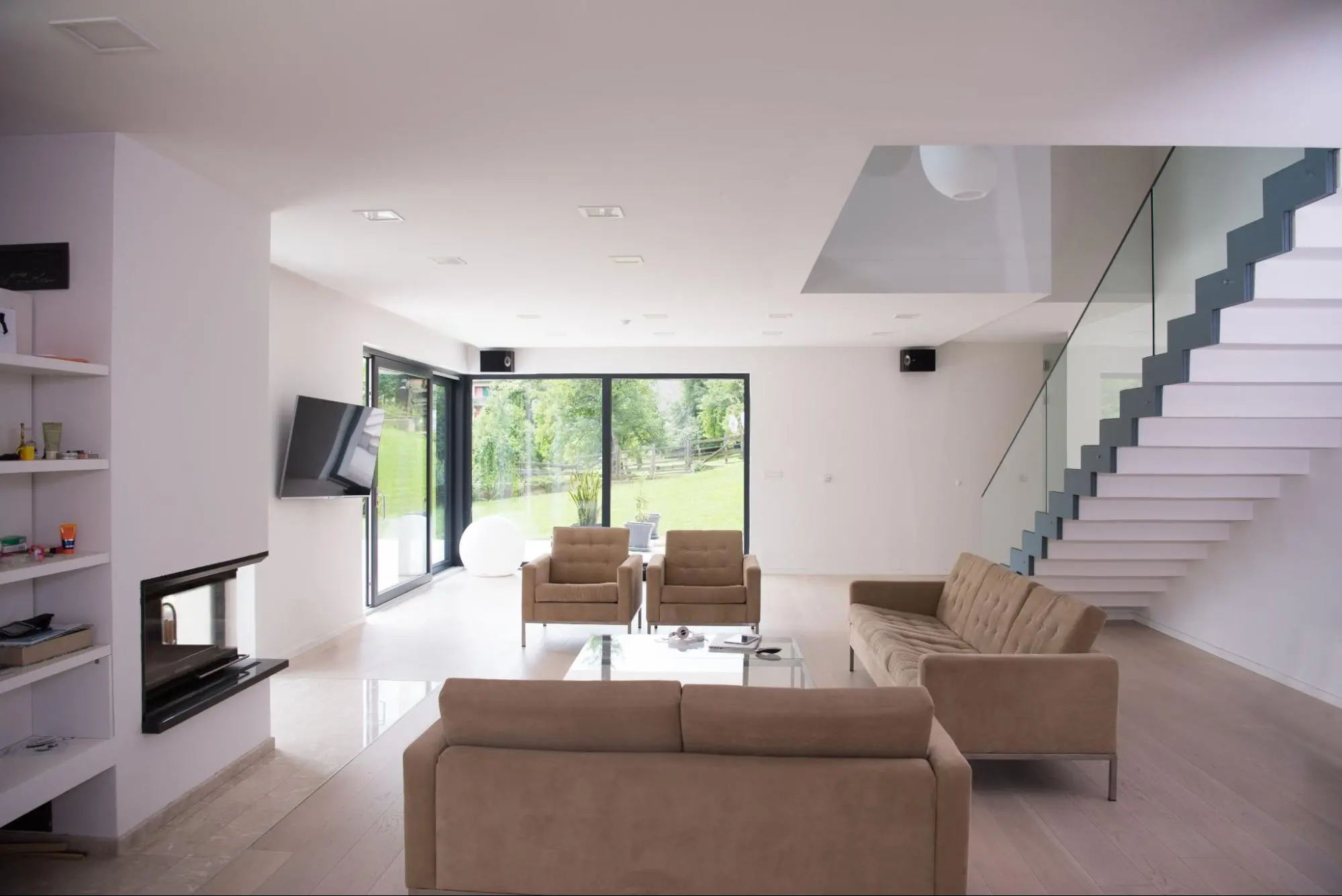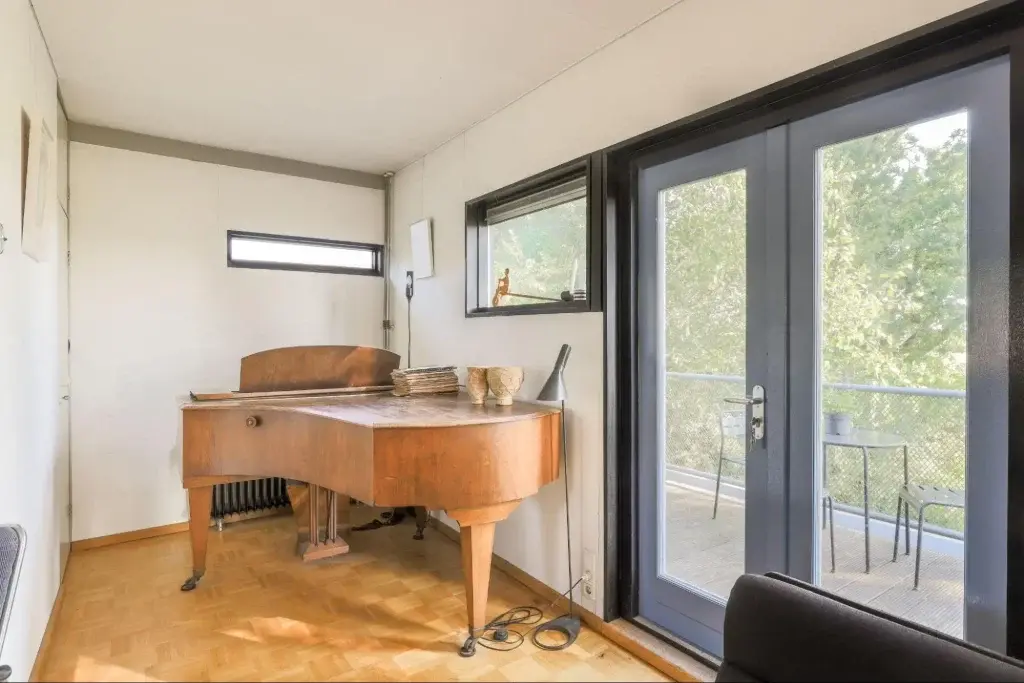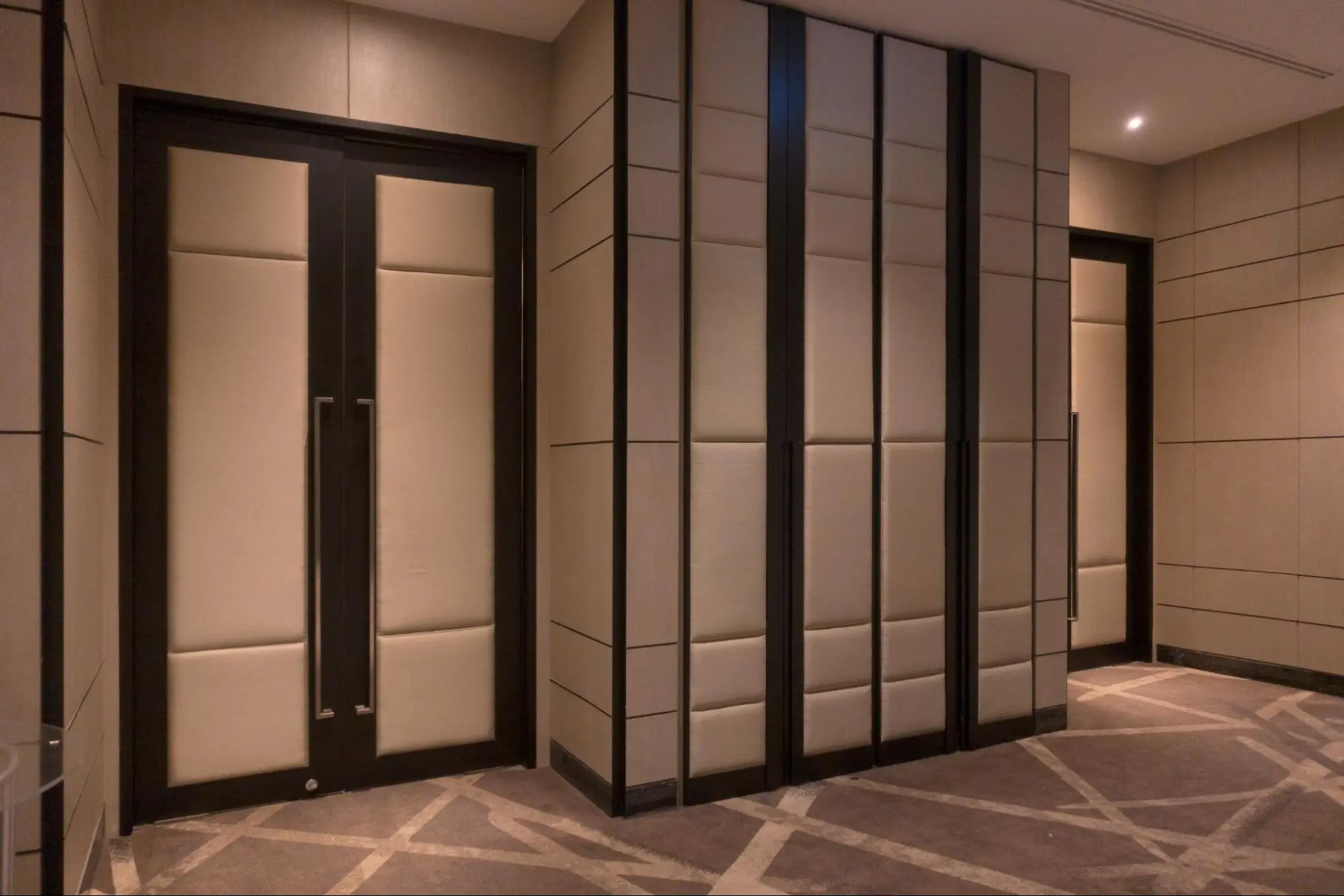
In today’s bustling world, finding tranquility within your home can be challenging. Whether it’s the noise from traffic, neighbors, or even within your household, unwanted sounds can disrupt your peace. Soundproofing your home is an effective way to create a quiet and serene environment. In this article, we’ll explore various handyman strategies for soundproofing your home, providing you with practical tips and techniques to reduce noise and enhance your living space.
When it comes to soundproofing, a strategic approach can make all the difference. Here are some handyman strategies to help you achieve a quieter home environment.
Before diving into soundproofing techniques, it’s important to understand how sound travels. Sound transmission occurs through two primary pathways:
Airborne Noise: This type of noise travels through the air and includes sounds like voices, music, and traffic.
Structure-borne Noise: This noise travels through the building’s structure and includes sounds like footsteps, vibrations from appliances, and plumbing noise.
By addressing both types of noise, you can create a more comprehensive soundproofing solution.
The first step in soundproofing is identifying the areas where noise is most problematic. Common problem areas include:
Walls: Thin walls can allow significant sound transmission between rooms.
Floors and Ceilings: Noise can easily travel between floors, especially in multi-story homes.
Windows and Doors: Gaps and thin materials in windows and doors can let in a lot of external noise.
Ducts and Vents: Sound can travel through HVAC systems, spreading noise throughout the house.

Once you’ve identified the problem areas, you can start implementing soundproofing techniques. Here are some effective strategies:
Walls are one of the most significant sources of noise transmission. Here are some handyman strategies to soundproof your walls:
Add Mass: Increasing the mass of your walls can help block sound. You can achieve this by adding additional layers of drywall or using mass-loaded vinyl (MLV).
Decoupling: This technique involves creating a separation within the wall structure to reduce sound transmission. Using resilient channels or sound isolation clips can help achieve this.
Insulation: Installing acoustic insulation within wall cavities can absorb sound and reduce transmission.
Noise between floors can be particularly bothersome. Here’s how to address it:
Carpets and Rugs: Adding thick carpets or rugs can help absorb sound and reduce noise transmission.
Underlayment: Installing soundproof underlayment beneath the living room and kitchen flooring can help dampen sound.
Acoustic Panels: Adding acoustic panels to ceilings can help absorb sound and prevent it from traveling between floors.

Windows and doors are often the weakest points in a soundproofing plan. Here are some strategies to improve their soundproofing:
Double or Triple Glazing: Installing double or triple-glazed windows can significantly reduce noise transmission.
Weatherstripping: Adding weatherstripping around window frames can seal gaps and prevent sound from entering.
Acoustic Curtains: Heavy, acoustic curtains can help block noise from outside.
Solid Core Doors: Replacing hollow-core doors with solid-core ones can help block sound.
Door Sweeps and Seals: Installing door sweeps and seals around the edges can prevent sound from leaking through gaps.
Acoustic Panels: Adding acoustic panels to doors can further enhance their soundproofing capabilities.
Soundproofing your home involves a combination of understanding sound transmission, identifying problem areas, and implementing practical strategies. By addressing walls, floors, ceilings, windows, doors, and ducts, you can significantly reduce noise and create a peaceful living space. By following these handyman strategies, you can effectively soundproof your home and enjoy a more peaceful living space.
Soundproofing can be a complex task, but partnering with a reliable service provider like Kaminskiy Care and Repair can make the process much easier. Our team of experienced handymen can assess your home’s specific needs and implement effective soundproofing solutions tailored to your requirements. Contact us today.